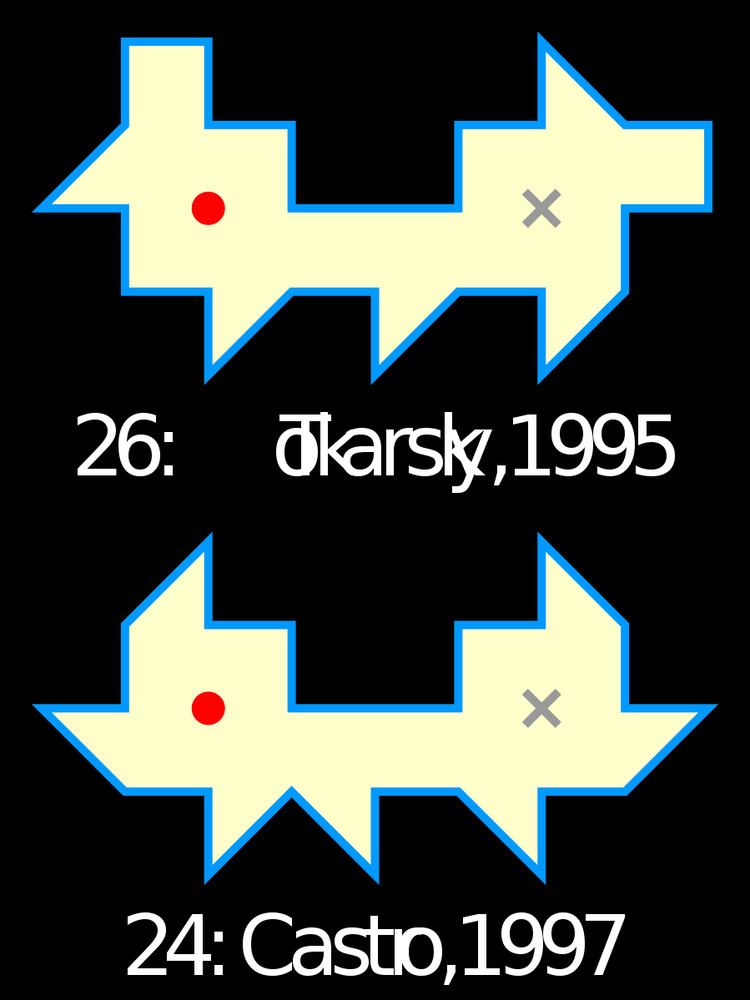 | ||
The illumination problem is a resolved mathematical problem first posed by Ernst Straus in the 1950s. Straus asked if a room with mirrored walls can always be illuminated by a single point light source, allowing for repeated reflection of light off the mirrored walls. Alternatively, the question can be stated as asking that if a billiard table can be constructed in any required shape, is there a shape possible such that there is a point where it is impossible to pot the billiard ball in a pocket at another point, assuming the ball is point-like and continues infinitely rather than stopping due to friction.
The problem was first solved in 1958 by Roger Penrose using ellipses to form the penrose unilluminable room. He showed there exists a room with curved walls that must always have dark regions if lit only by a single point source. This problem was also solved for polygonal rooms by George Tokarsky in 1995 for 2 dimensions, which showed there exists an unilluminable polygonal 26-sided room with a "dark spot" which is not illuminated from another point in the room, even allowing for repeated reflections. This was a borderline case, however, since a finite number of dark points (rather than regions) are unilluminable from any given position of the point source. An improved solution was put forward by D. Castro in 1997, with a 24-sided room with the same properties.
